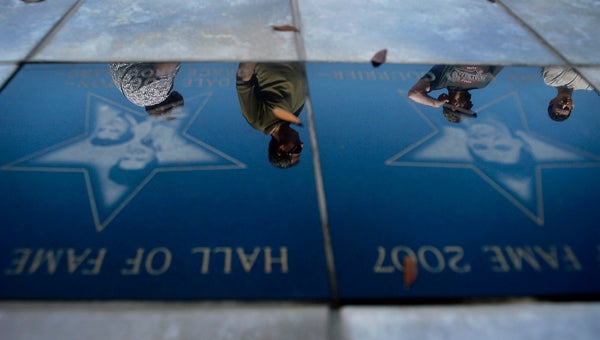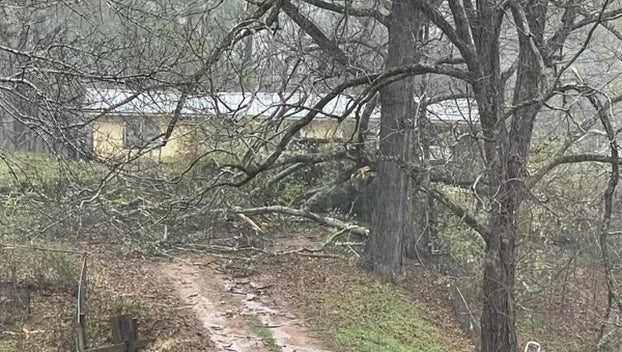Analysis: Even modest revenue growth good news for lawmakers
Published 9:31 am Monday, July 16, 2018
JACKSON, Miss. (AP) — End-of-the year revenue collections suggest Mississippi’s lawmakers could have a little extra money to spend when they return for their election-year session in January 2019.
Preliminary numbers released by the Legislative Budget Office show that thanks to strong May and June collections, the state’s General Fund ended $88 million over the level that budget writers had estimated back in the spring of 2017, when they were putting together spending plans for the year that ended June 30.
Lawmakers that year purposefully picked out a low number to aim for, after two years of declining tax revenues had forced midyear budget cuts. Overall revenue went up less than 1 percent, although regular tax collections, which are less influenced by things like how many lawsuit settlements are won by the attorney general, went up by about 2.6 percent.
“We pretty well did what we expected we would do,” said state economist Darrin Webb. “There were some months that we did a little better, some months we did a little worse.”
Those tax collections reflected a Mississippi economy that showed a little growth. Individual income taxes grew 2.5 percent, about the same as personal income in 2017. Sales taxes grew only 1.4 percent, but that performance looked better once the 10 percent growth in use tax – taxes on internet sales – was factored in.
Employer payrolls grew about 1.3 percent from May 2017 to May 2018, the latest numbers available.
Mississippi’s overall budget, counting all state and federal money, was about $19 billion in the just-concluded 2018 budget year. Of that, about $5.6 billion is spent in the General Fund. Another roughly $500 million is what’s called “state support,” which is revenue that comes from other sources. Those are the revenue collections lawmakers are usually worried about.
Despite the good news, state agencies have launched into what will be another stringent budget year, with total spending expected to dip slightly. Many agencies would still like to recoup what they lost in budget cuts after lawmakers decreased those revenue estimates.
“I’m hoping that, come January, we’ll be sitting in a position where we can do something,” said House Appropriations Committee Chairman John Read, a Gautier Republican.
Exactly how much the state had left over after June 30 won’t be clear until summer’s end, as it takes agencies time to officially close the books. Normally, most of the leftover money would be split between the state’s rainy day savings account and capital improvements.
But there will be other issues for lawmakers to decide. If they’re called into special session to find more money for roads and bridges, as Gov. Phil Bryant has promised, leftover money from 2018 could be a tempting target for a quick spending boost.
Lawmakers in 2019 will also be confronted with higher contributions demanded by the state’s pension system in an attempt to close a projected future shortfall in assets needed to pay benefits to retirees. The Public Employees Retirement System last month voted to require employers to contribute 17.4 percent of a worker’s salary beginning July 1, 2019, up from 15.75 percent today.
The Legislature has traditionally covered the cost of pension contributions for state agencies, public schools, colleges and universities, and the increase to those bodies is projected to cost $76 million. Read said lawmakers will have to decide how to handle pension costs in January. Even though it’s barely more than 1 percent of state revenue, he warns that’s enough to fight over.
“If you don’t have it, where are you going to get it?” Read asks. “Who’s going to fall on the knife?”






